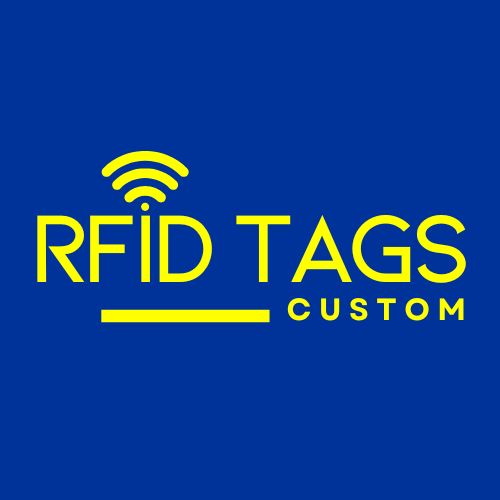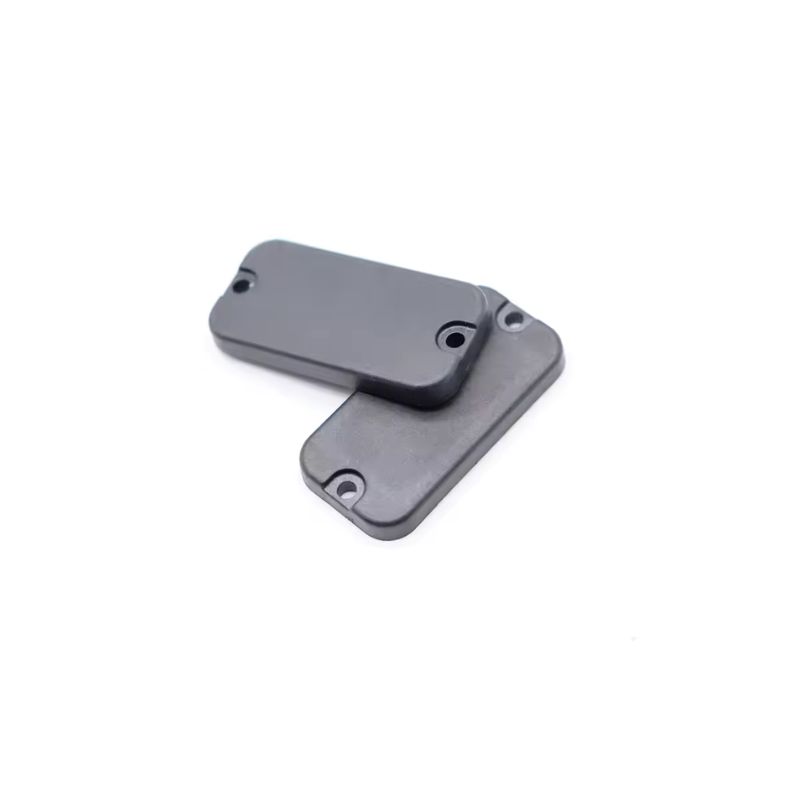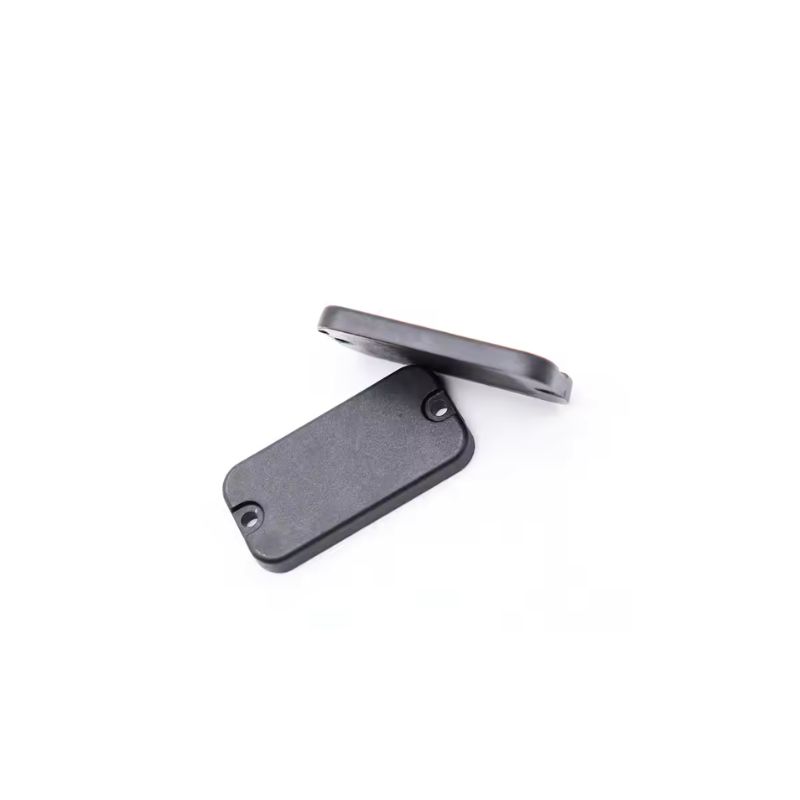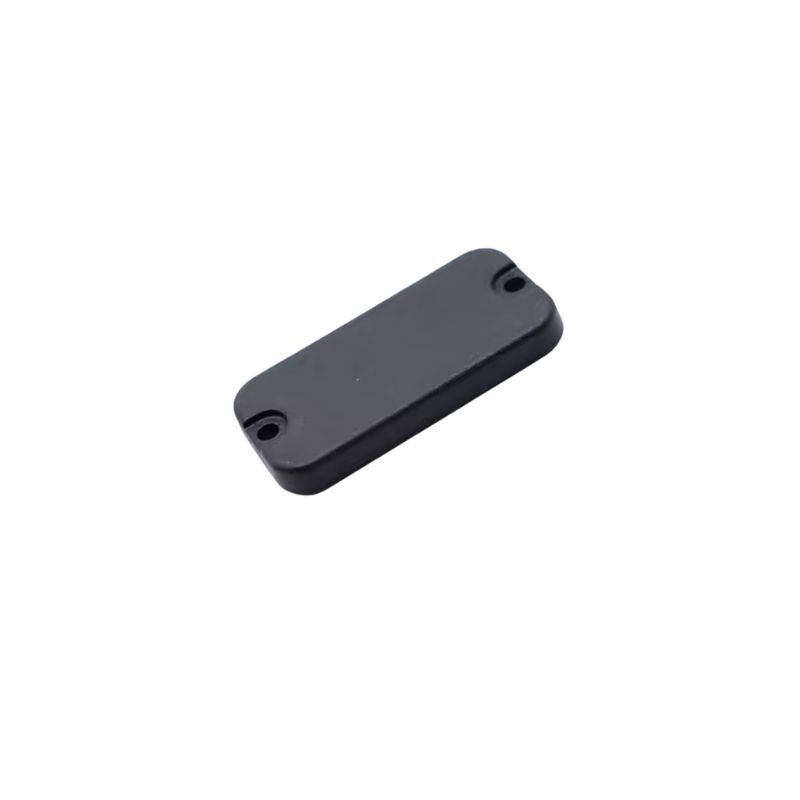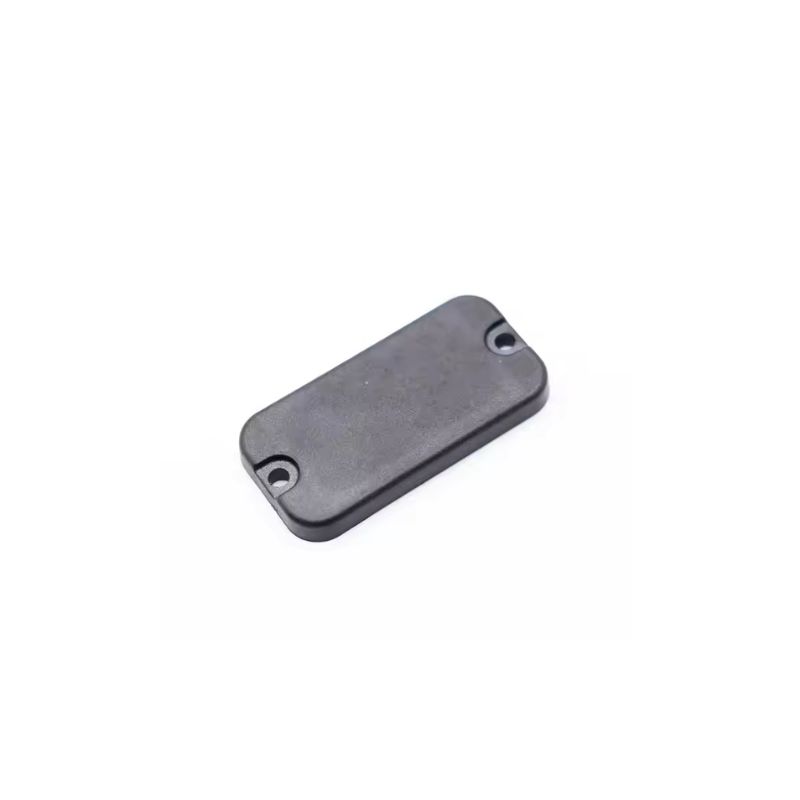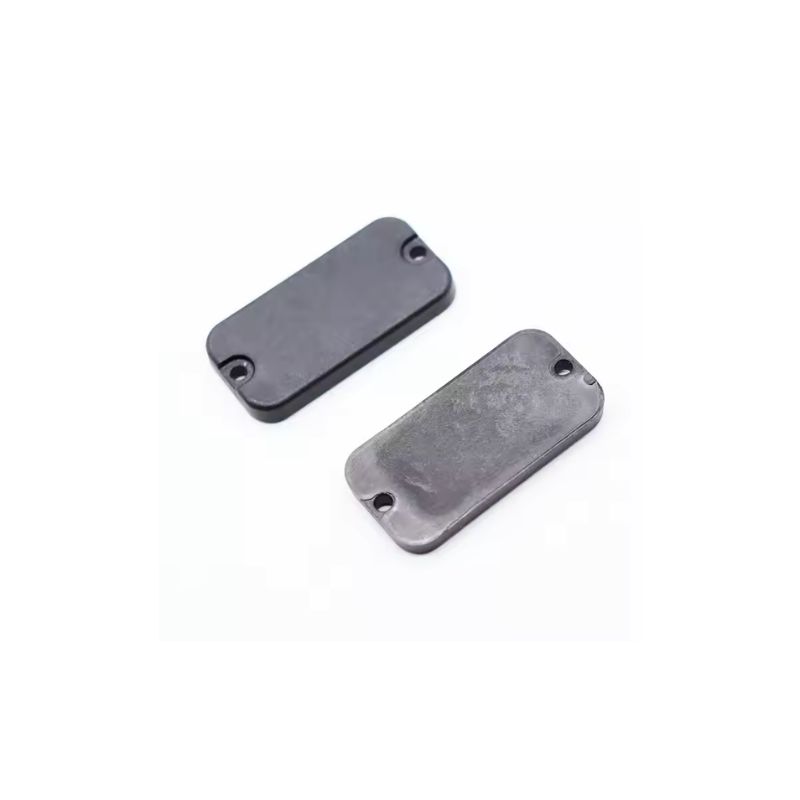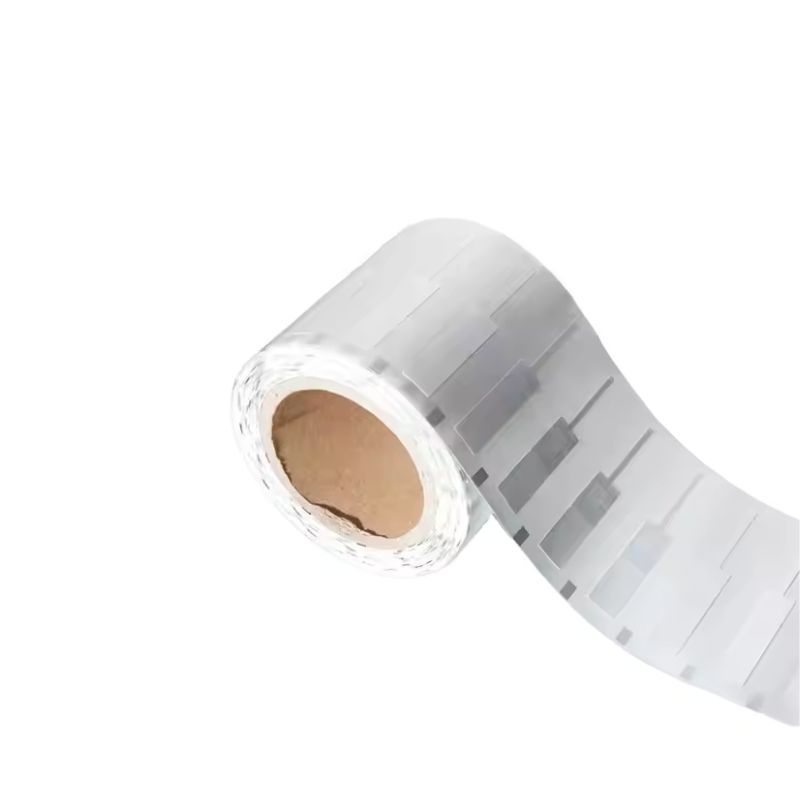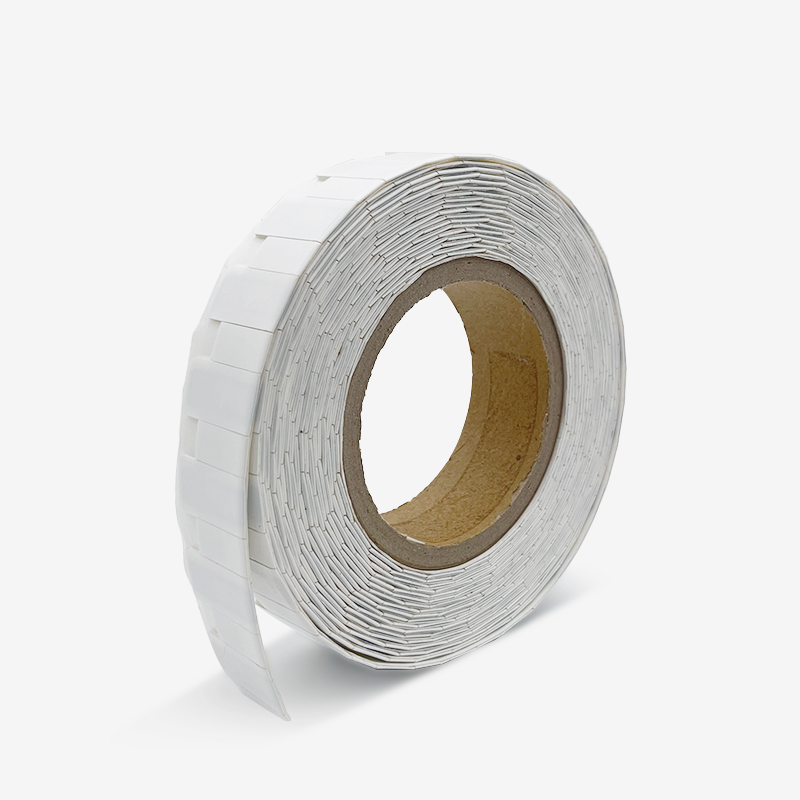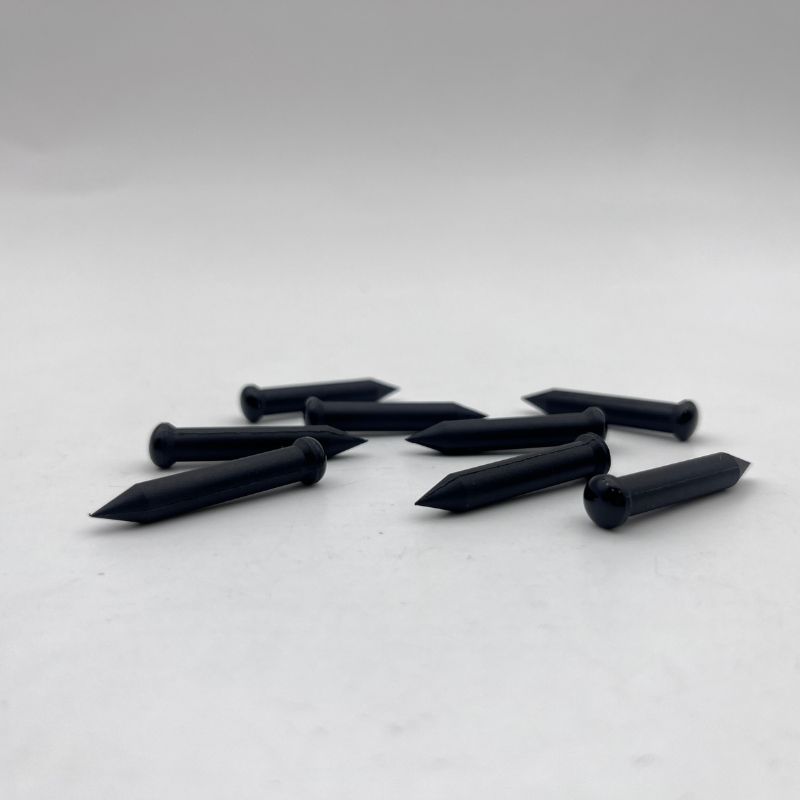Long Range Anti Metal High Temperature Passive RFID Tags
Long Range High Temperature Passive RFID Tags – Anti-Metal & Industrial Grade
When standard RFID tags fail in extreme temperatures or on metal surfaces, our High Temperature Passive RFID Tags rise to the challenge. Engineered for industries like automotive, aerospace, oil and gas, and heavy manufacturing, these tags deliver unmatched durability, long read ranges, and reliable performance—even under the most punishing conditions.
Whether it’s a paint shop, sterilization process, or furnace, our High Temperature Passive RFID Tags are built to survive—and perform.
Why Use Passive RFID Tags for High-Heat, Metal-Rich Environments?
Most High Temperature Passive RFID Tags can’t handle high heat or metal interference.
Our passive, anti-metal RFID tags are designed specifically for:
- High-temperature tracking (up to 90°C)
- Asset identification on metallic surfaces
- Zero battery maintenance
- Reliable reads in rugged, industrial environments
High Temperature Passive RFID Tags Key Features
- High Heat Resistance – Operates in temps up to 90°C
- Long Read Range – Up to 8 meters, depending on setup
- Anti-Metal Design – Performs reliably when mounted on metal
- Passive Technology – No battery = lower cost, longer life
- Durable Materials – Built with [e.g., PPS, Teflon, Ceramic] to survive chemicals, solvents, and heat
- Customizable Sizes & Mounting – From screw-mounted ceramics to flexible adhesive labels
- IP68 Rating – Waterproof, dustproof, and chemical-resistant
- Chemical Resistance – Tolerant to acids, oils, and industrial solvents
Applications of High Temperature Passive RFID Tags
These High Temperature Passive RFID Tags are trusted in industries where durability is non-negotiable:
- Automotive – Track parts through paint curing or heat treatment
- Aerospace – Monitor aircraft components in maintenance or production
- Oil & Gas – Tag equipment exposed to high temperatures and harsh chemicals
- Industrial Manufacturing – Track tools and parts in extreme workflows
- Healthcare – Sterilization tracking for surgical instruments
- Supply Chain & Asset Tracking – End-to-end visibility in challenging conditions
Ready for Reliable Tracking in Extreme Conditions?
Don’t let heat, metal, or harsh conditions disrupt your tracking system. Upgrade to High Temperature Passive RFID Tags built for resilience and long-range performance.
📞 Contact us now or 💬 WhatsApp Chat for a free quote or technical consultation.
📩 Get bulk pricing or request custom tag samples today.
FAQ
Can these tags be mounted directly onto metal?
Yes. These are engineered with an anti-metal design that ensures stable read performance on or near metal surfaces.
What's the max temperature the tag can survive?
Our tags operate continuously up to 200°C, and can survive spikes up to 220°C, depending on duration and environment.
Are these tags reusable?
Yes. Their passive design and durable housing allow for repeated use in industrial workflows.
Can I get custom sizes or mounting options?
Absolutely. We offer a range of custom shapes, sizes, and attachment mechanisms based on your specific application.
Are these compatible with my RFID readers?
Yes. These tags follow global standards (EPC Gen2, ISO 18000-6C) and are compatible with most UHF RFID systems.
Get Your Custom RFID Tags
As a leading custom RFID tag manufacturer, we craft solutions based on the unique needs of your operation. We offer a wide range of customization options, including material, size, frequency, encoding, and read distance, ensuring each RFID Tag is perfectly customized to your requirements. No matter what application you use RFID tags for, we can provide rugged, reliable RFID tags that meet the highest quality and durability standards. Here are the main ways we customize RFID tags to fit your needs.

Material Selection
Material is key for customizing RFID tags. Plastic works in harsh conditions, while softer materials suit delicate spaces. Different materials also affect signal performance. Pick what fits your use case to ensure your tags last and work reliably.

Customized Size
Size shapes usability. Small tags fit tight spaces or tiny items, while larger tags are easily read. In crowded areas, sleek tags prevent clashes. Align shape and dimension with your goods for visibility, convenience, and performance.

Frequency Requirements
Choose LF, HF, or UHF based on read range, speed, and interference. LF and HF resist metals and liquids but have shorter ranges. UHF offers an extended range yet may face signal blocks. Match frequency to your environment for reliable performance.

Reading Distance
Define the distance at which you have to read the tag. Short distances work for retail checkouts, while warehouses may need meters of coverage. Antenna design, reader settings, and power outputs affect range.Adjust these factors to capture data accurately at the distance you need.

Encode
Plan how data is stored on each tag. Some only hold an ID, while others contain detailed info. Decide if you need a simple EPC or added user memory. Ensure your chosen format works with existing software. Proper encoding streamlines processes and slashes errors.

Application Environment
Consider real-world conditions. Temperature swings, humidity, and chemicals can degrade tags. For outdoor use, opt for UV-resistant casings. In healthcare or food settings, ensure compliance with safety rules. Matching your tags to the environment maximizes their lifespan.
Related Products
Customize any RFID tags from our factory to meet your requirements.
